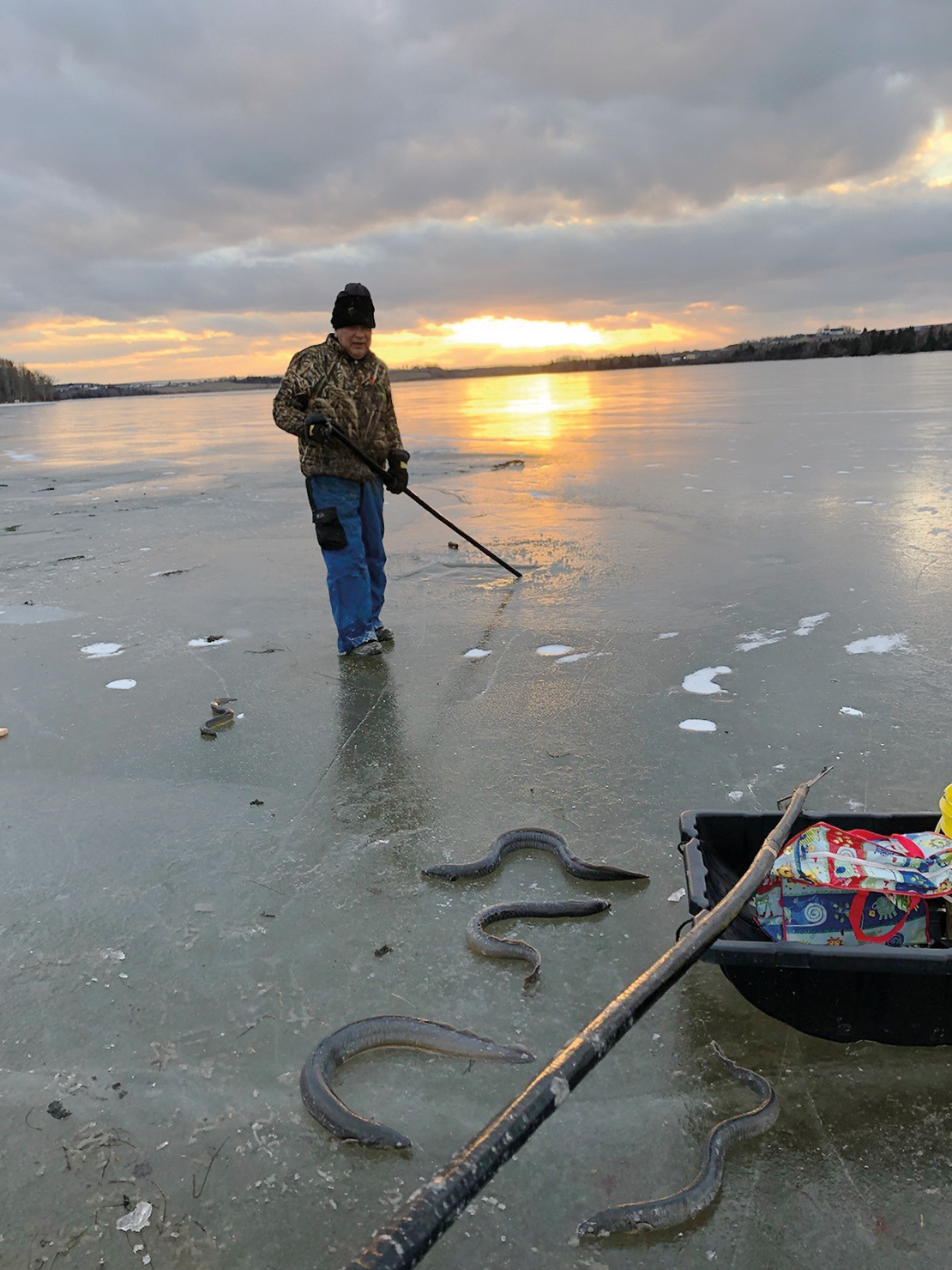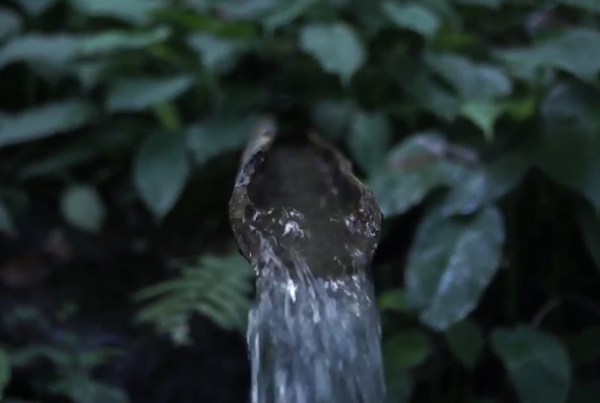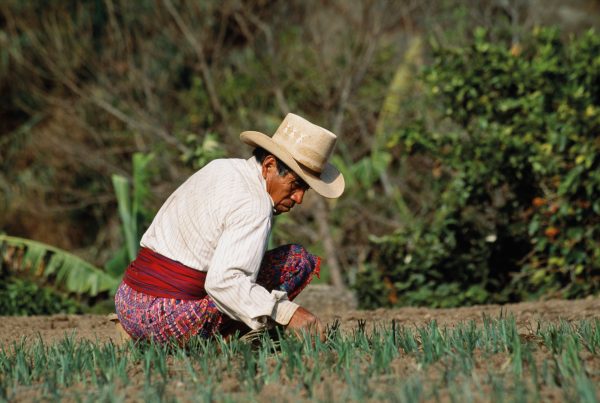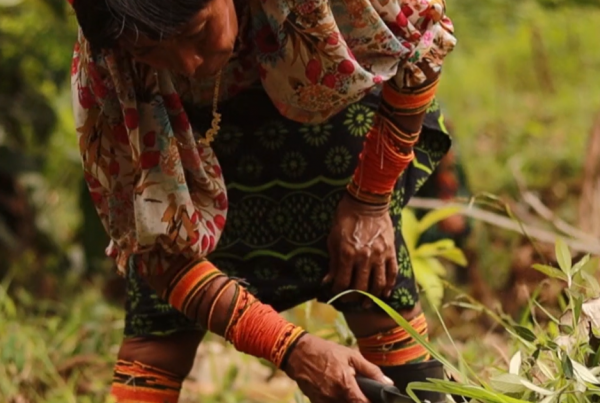Pimizi (the Anishinaabemowin word for ‘eel’) has long co-existed with the indigenous peoples of the Canadian eastern seaboard on Big Turtle Island. Otherwise known as the American eel (Anguilla rostrata), this serpentine creature has been vital to the health and wealth of indigenous peoples for thousands of years. Eels have not only been a significant source of food and medicine but are key to indigenous cultures, traditions and knowledge systems that demonstrate respect, co-existence, and responsible governance.
Given its reputation as a magical being with healing powers, it seemed fitting that the American eel played a restorative role in the long struggle for Aboriginal rights to fish in Canada. In August 1993, Donald Marshall Jr., a member of the Mi’kmaq Nation, was accused and charged with three offences set out in the federal fishery regulations: the selling of eels without a licence, fishing without a licence, and fishing during the closed season with illegal nets. In September 1999, Mr Marshall was acquitted on all charges and the Supreme Court of Canada upheld the Treaty rights of the Mi’kmaq to fish for a “moderate livelihood”. This landmark ruling in Canada involving eels affirmed the Nation-to-Nation relationship between the Canadian state and Indigenous Nations on the Atlantic coast.
American eels spawn in only one place—the Sargasso Sea—and the elvers travel up the eastern seaboard of North America, populating the rivers and streams of the United States and Canada. Since the 1950s, populations of this catadromous species (one that migrates down rivers to the sea to spawn) have declined dramatically over vast areas of Canada due to multiple factors, including continuing habitat degradation, dams, pollution and commercial fisheries.
To the Anishinaabeg indigenous peoples, eels are an excellent indicator of habitat integrity and can signal the vulnerability of other species in the ecosystem. Therefore, the decline of eels is seen by some local First Nations communities as a sign of interference with the natural sacred order, a symbol of a looming potential broader environmental collapse and a symbol of society’s willingness to endorse policies that have led to their decline.
In 2012, the Committee on the Status of Endangered Wildlife in Canada categorised this iconic species as threatened. The recommendation by this independent body of scientific experts triggered a legal process to have the species listed for protection under Canada’s Species at Risk Act, a federal law developed as part of Canada’s commitments to the Convention on Biological Diversity. Given the responsibility indigenous peoples have to their territory and all its inhabitants, as well as their legal stake in resource conservation and management decisions, many First Nations believe that efforts to recover the species should be driven by their knowledge systems. For First Nations, these recommendations mean that minimum levels for food sustainability should be maintained, gear restrictions should mirror traditional practices, and adaptive management and monitoring programs should be based on food sustainability requirements.
As the late Algonquin Elder William Commanda once said:
“The plight of the eel must awaken us to the crucial need to transform our relationship with Mother Earth and All Our Relations, and awaken us to the pivotal role of Indigenous Peoples in this process”.
A traditional Mi’kmaw fisher from Pictou Landing, Mi’kmaq territory. Credit: Amy Moulton.
Author
- Alexandra McGregor and Wanli Ou, AFN Fisheries
Ecosystems
- Boreal forests
Topics
- Food
- Knowledge, Culture and Spirituality
- Governance
Type
- Short-form
Date
- This case study forms part of LBO-2, originally released in 2020.



